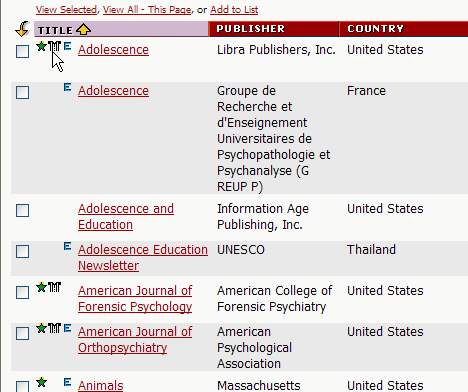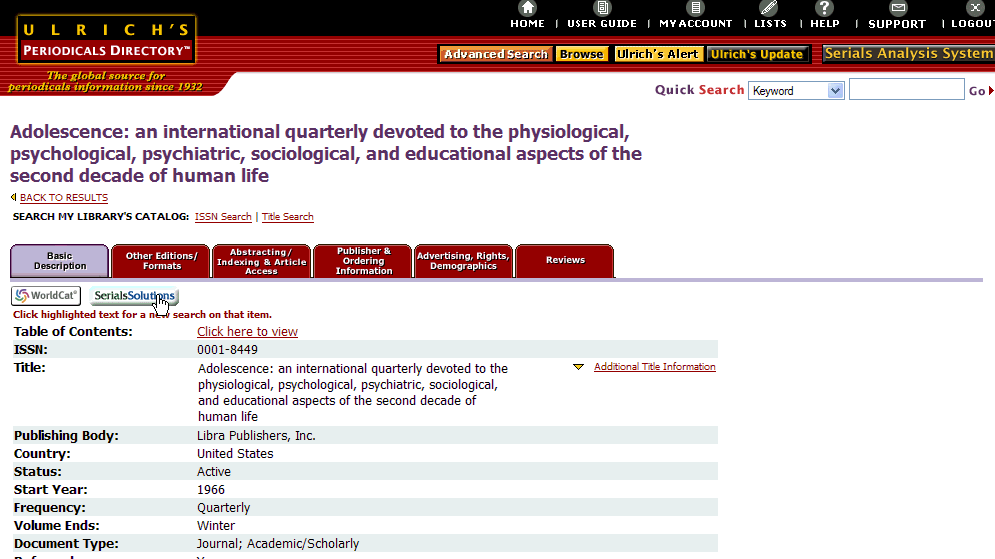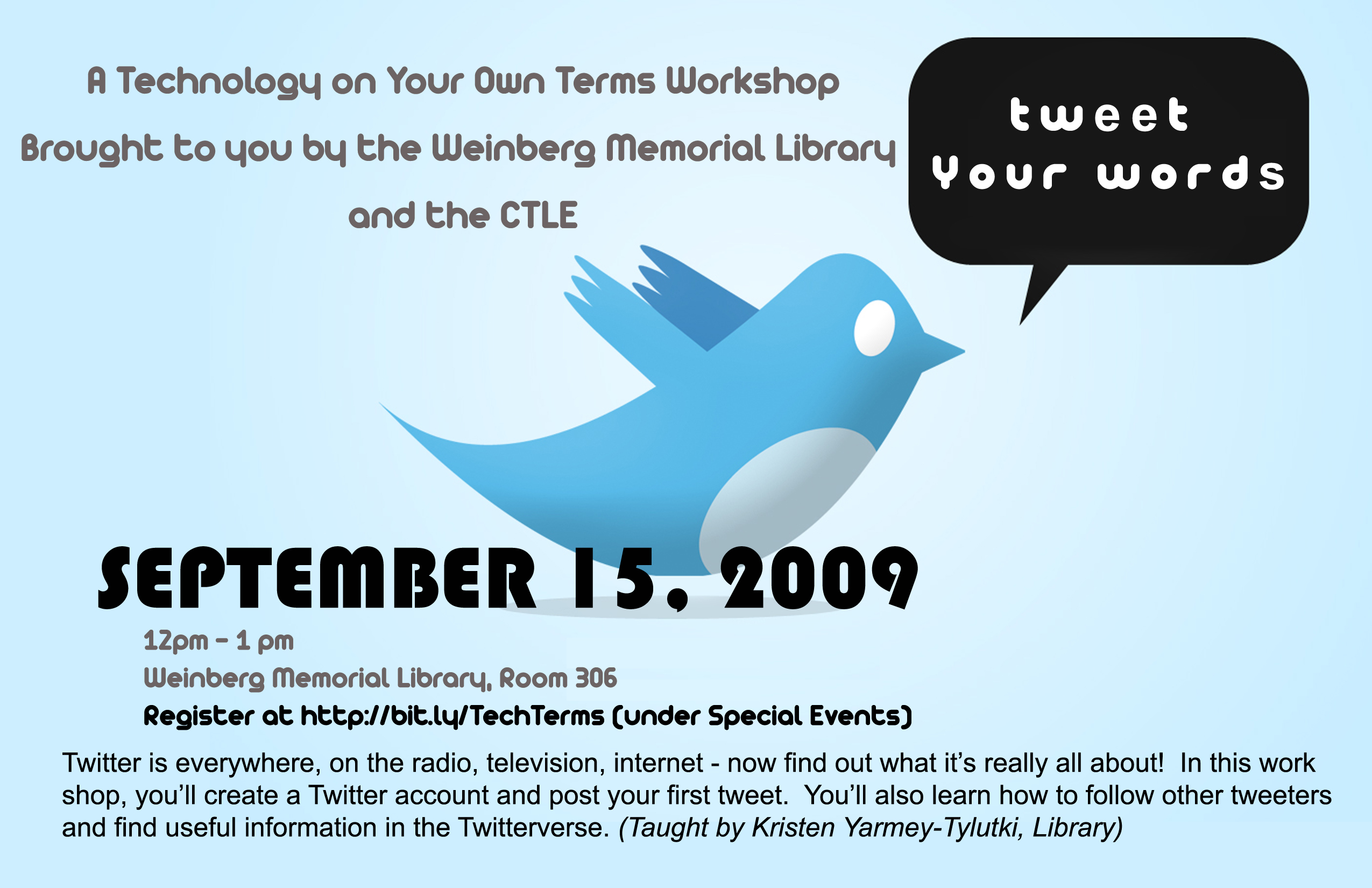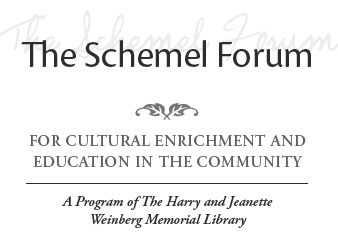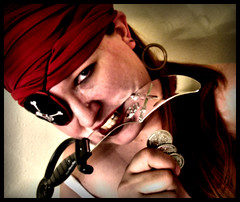
Here at the Library, we love pirates. (Who doesn’t?) But we don’t love hearing about our students being pirates – that is, pirating music, movies, or other copyrighted material.
Here’s what you need to know about pirating: Downloading or distributing whole copies of copyrighted material for personal use or entertainment without *explicit* permission from the copyright owner is against the law – and the movie and music industries are increasingly searching for and prosecuting people who violate their copyright (yes, including students – for a first hand account, see “How it feels to be sued for $4.5 million,” by Joel Tenebaum).
For this reason, the University of Scranton is particularly concerned about peer-to-peer file sharing. Not all file sharing is illegal – you can legally share content that you’ve created, or content for which the creator has given permission to share (for example, some artists and musicians choose to share using a Creative Commons license – like the photographer who took the pirate photo that we’ve used at the top of this post). But sharing anything that’s under copyright – and that’s mostly everything! – is a violation of both federal law and the University’s Student Computing Policy.
As a result, the University prohibits some peer-to-peer applications and limits bandwidth on others, and student violations are taken very seriously – see the University’s Peer-to-Peer File Sharing Policy.
So what’s a movie-and-music-loving student to do? There are *legal* ways to listen to music and watch movies either for free or for a low price. For music, try out free internet radio stations like Pandora or playlist.com. If you prefer to own your own mp3s, check out Amazon’s mp3 store – songs are often $0.99 or less, and each week samplers of new music are available for free. For movies, become a fan of the University of Scranton Programming Board on Facebook to get the latest updates on free movie showings on campus. If you’re willing to pay a few bucks, explore streaming music services from Netflix or iTunes.
Want to know more? If you have questions about the University’s policies on file sharing, contact the Technology Support Center at extension 4357. If you have general questions about copyright, feel free to ask a librarian – we have lots of resources on copyright and the Digital Millennium Copyright Act.






